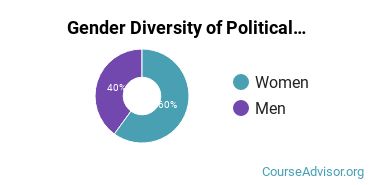Political Science at Sierra College
Sierra College is located in Rocklin, California and has a total student population of 17,503.
Want to know more about the career opportunities in this field? Check out the Careers in Political Science section at the bottom of this page.
Featured Sierra College Programs
Learn about start dates, transferring credits, availability of financial aid, and more by contacting the universities below.
Gain a solid understanding of American political history, the current political landscape, and the major political parties with this online bachelor's from Southern New Hampshire University.
Sierra College Political Science Degrees Available
- Associate’s Degree in Poly Sci
Featured Sierra College Programs
Learn about start dates, transferring credits, availability of financial aid, and more by contacting the universities below.
Gain a solid understanding of American political history, the current political landscape, and the major political parties with this online bachelor's from Southern New Hampshire University.
Sierra College Political Science Rankings
Poly Sci Student Demographics at Sierra College
Take a look at the following statistics related to the make-up of the poly sci majors at Sierra College.
Sierra College Political Science Associate’s Program

The majority of those who receive an associate's degree in poly sci at Sierra College are white. Around 86% fell into this category, which is below average for this degree.
The following table and chart show the race/ethnicity for students who recently graduated from Sierra College with a associate's in poly sci.

| Race/Ethnicity | Number of Students |
|---|---|
| Asian | 2 |
| Black or African American | 0 |
| Hispanic or Latino | 1 |
| White | 18 |
| International Students | 0 |
| Other Races/Ethnicities | 0 |
Related Majors
Careers That Poly Sci Grads May Go Into
A degree in poly sci can lead to the following careers. Since job numbers and average salaries can vary by geographic location, we have only included the numbers for CA, the home state for Sierra College.
| Occupation | Jobs in CA | Average Salary in CA |
|---|---|---|
| Managers | 66,300 | $143,350 |
| Political Science Professors | 860 | $112,360 |
| Political Scientists | 160 | $74,060 |
References
*The racial-ethnic minorities count is calculated by taking the total number of students and subtracting white students, international students, and students whose race/ethnicity was unknown. This number is then divided by the total number of students at the school to obtain the racial-ethnic minorities percentage.
More about our data sources and methodologies.

